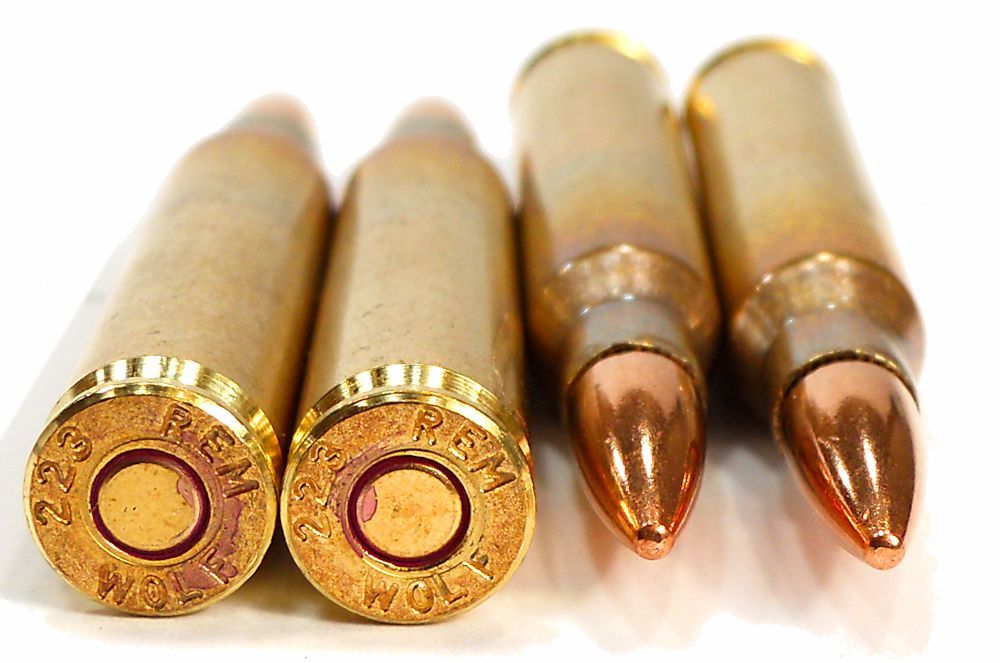 Loading... Please wait...
Loading... Please wait...History of Ammunition from Origin to the Modern Cartridge
Posted on 21st Mar 2017
It is easy to take for granted the history of ammunition. After all, the use of ammo is so common today that it has become second nature to gun owners for hunting and target practice.
This was not always the case, and buying ammo in bulk was not as common as it is today. Many advancements in both ammunition and firearms paved the way for the modern day cartridge.
From the earliest use of gunpowder in China to the many calibers and brands of ammo available to us now, ammunition has evolved significantly over time.
Chinese Gunpowder - The Origin of Ammunition
The history of ammunition can be traced back to the invention of fireworks around 900 AD. The Chinese developed a black gunpowder that was composed of Charcoal, Saltpeter, and Sulfur.
This gunpowder was initially used to light up the sky, but was soon adopted as a weapon.
The Chinese later attached gunpowder tubes to the bottom of spears to propel them forward to devastate any oncoming attackers. These flamethrowers became more and more efficient as time went on, and this led to the development of the first known firearms in China.
Ammunition Used in the First Firearms
The history of ammunition used in firearms dates back as far as the late 13th Century. Long before manufactured cartridges, owners used gunpowder to propel any shrapnel they could find.
After that, the use of firearms began to spread westward into Arab countries. Arab armies are credited as the first to use cannons in battle against their enemies during the 14th century. Arrows were propelled out of bamboo tubes, giving these Arab armies an added advantage when it came to wartime.
However, it was not until Europeans used gunpowder that we began to see ammo develop into the cartridges we know today. With the invention of muzzleloaders the Europeans continued to shrink ammunition down to a size suitable for hand cannons or the first rifles.
The process of using muzzleloaders to load in gunpowder took an extremely long time, even for a single bullet. However, it remained the most common method for loading ammunition over the next few centuries until the invention of the cartridge.
Origin of the Cartridge
The development of the cartridge was the next step in the history of ammunition. Bullets began transforming from musket balls into the cylindro-conoidal bullet we see today. The advantage of these newly shaped bullets was their ability to expand inside the barrel. This combined with the invention of rifling from German gun makers allowed much more accuracy and reliability, but reloading still remained a slow process. The earliest known cartridges were made of paper in the late 1500s but were replaced by brass casings. Muzzleloaders used cartridges for years, but speed remained an issue.
Firearms continued to evolve and during the mid-1800s breech-loaders first came on the scene in America. Instead of seating ammunition into the muzzle of the gun, breech-loaders allowed for chambered cartridges at the back of the rifle. The breechloader broke apart the cartridge and fired the bullet out of the end of the chamber.
This adaptation revolutionized the firearms industry, and the mass production of breech-loading guns continued throughout the Reconstruction Era. Due to the increasing popularity of breech-loaders and the ability to shoot off rounds faster, cartridges became the standard ammunition used by gun owners.
Modern Cartridge
With a growing demand for ammo, the need for better cartridges was also at an all-time high. This lead to the
formation of the modern day cartridge.The gunpowder was tightly sealed inside a brass encasing with the bullet attached to the end. A strike to a primer in the base of the brass case became the new way of igniting the cartridge and shooting the bullet out of the barrel.

This method marked the first time that cartridge casings ejected out of the gun, which allowed shooters to reload the firearm immediately. This concept expanded through the invention of the repeating rifle, which allowed for loading multiple cartridges at the same time.
Over time the variety in caliber and bullet types increased exponentially, but the concept of the cartridge remained the same. Today there are seemingly endless options of pistol ammo, rifle ammo, rimfire ammo, and shotgun ammo to choose from.
So whenever you are sorting through your ammo can or loading up your magazine, take the time to appreciate the history of ammunition and the advancements in gun technology along the way.




